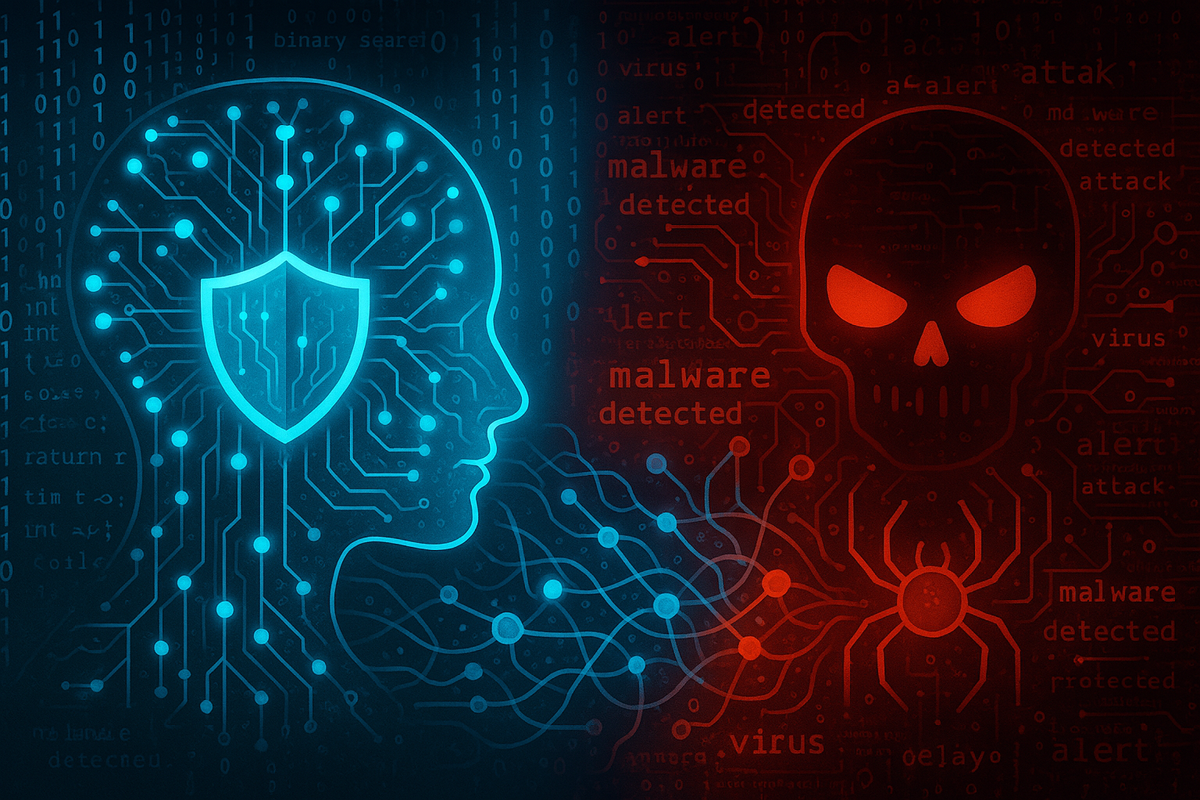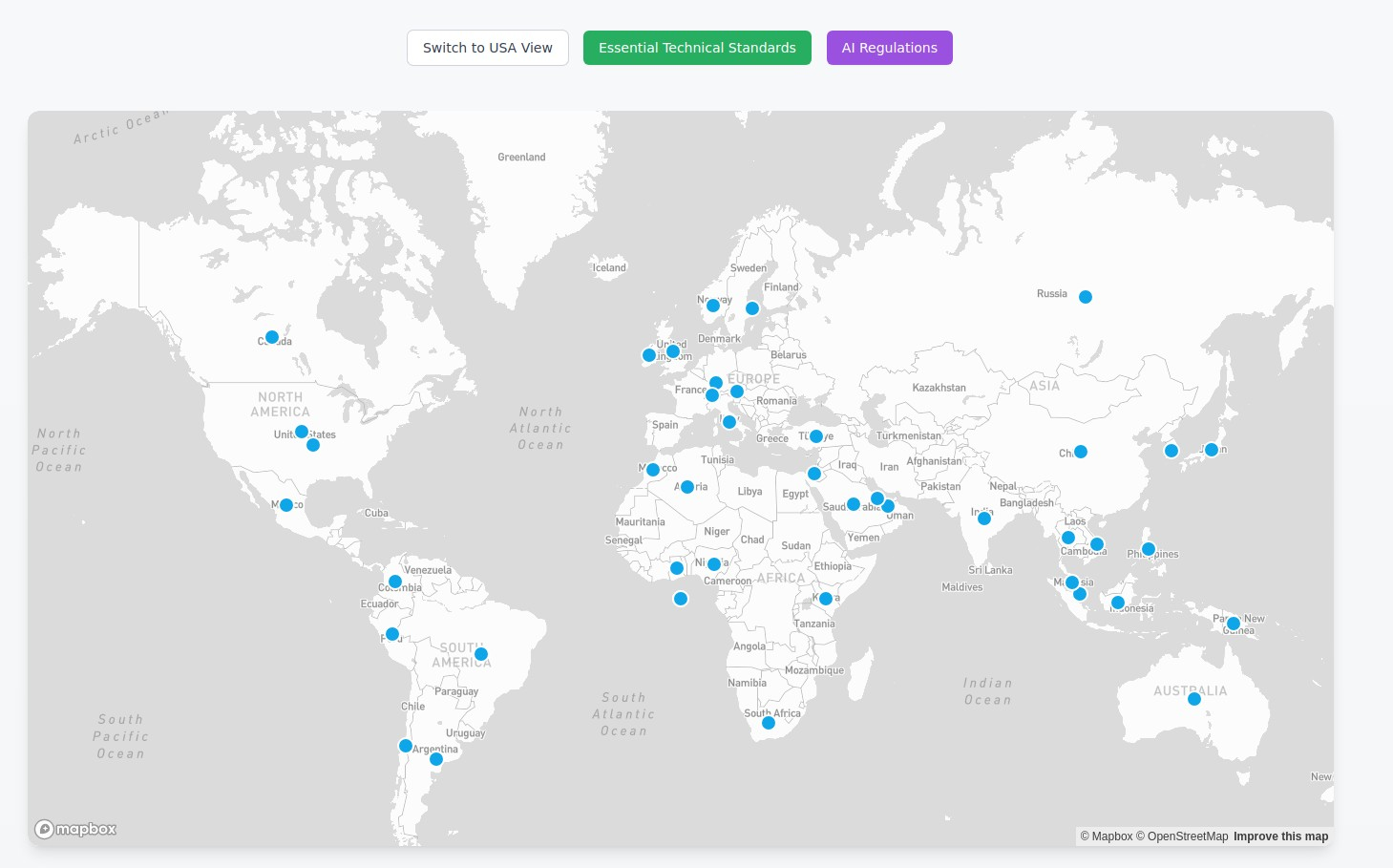The AI Cyberattack Horizon: Understanding the Emerging Threat

The rise of sophisticated Artificial Intelligence (AI) presents a double-edged sword in the realm of cybersecurity. While AI has long been a powerful tool for defense, identifying threats and bolstering security, recent advancements are revealing its potential as a potent offensive weapon. Cutting-edge research from Google DeepMind, outlined in their paper "A Framework for Evaluating Emerging Cyberattack Capabilities of AI," provides crucial insights into this evolving landscape. Let's delve into what this research reveals about the current and future of AI-driven cyber threats and what it means for your security posture.
Peering Through the Framework: A New Lens on AI Cyber Skills
Traditional methods of evaluating AI in cybersecurity, such as CTF competitions and knowledge benchmarks, often lack a systematic approach and fail to translate directly into actionable defense strategies. The Google DeepMind framework addresses this by systematically examining AI's capabilities across the entire cyberattack chain, which outlines the typical stages of an attack, from reconnaissance to actions on objectives. This framework also incorporates the MITRE ATT&CK framework, providing a detailed encyclopedia of attacker tactics and techniques.
By analyzing over 12,000 real-world attempts to use AI in cyberattacks, the researchers curated representative attack patterns and conducted a bottleneck analysis to pinpoint areas in the attack chain where AI could significantly reduce the cost for attackers in terms of time, effort, and specialized knowledge. This concept of "cost collapse" is a central concern, suggesting that AI could democratize advanced hacking techniques, making them accessible to a wider range of malicious actors.
Current AI Capabilities: Strengths and Weaknesses
To evaluate AI's current offensive abilities, the framework employed a new benchmark of 50 unique challenges spanning all phases of the cyberattack chain. The results from testing an experimental AI model, Gemini 2.0 Flash, offered some revealing insights:
- While the overall success rate was around 16%, indicating that fully autonomous, sophisticated attacks are not yet consistently achievable by AI alone.
- AI showed a notably higher success rate (approximately 40%) in operational security skills, such as evading detection and maintaining a hidden presence within compromised systems. This suggests a current strength in stealth and persistence.
- Conversely, vulnerability exploitation showed a lower success rate (around 6%), indicating that AI still struggles with the nuanced understanding required for reliably exploiting diverse security flaws.
- The model performed well on simpler challenges but struggled significantly with more complex, multi-step attacks requiring strategic reasoning.
These findings suggest that while AI isn't yet a master hacker, it's already demonstrating proficiency in certain crucial aspects of cyberattacks, particularly those related to staying undetected.
The Potential for Future Disruption
The real concern lies in AI's potential to evolve and overcome its current limitations. The framework highlights several areas where AI could have a significant impact in the future:
- Democratizing Advanced Attacks: AI could lower the barrier to entry for sophisticated attacks by automating complex tasks like zero-day vulnerability discovery or crafting highly convincing phishing emails.
- Amplifying Attack Speed and Scale: AI could enable threat actors to conduct reconnaissance and launch attacks at a much faster pace and across a wider range of targets (throughput uplift).
- Novel Autonomous Threats: The potential for autonomous AI agents to conduct attacks independently, learning and adapting their strategies in real-time, presents entirely new and unforeseen risks.
- Enhanced Evasion and Persistence: The current success in operational security suggests that future AI models could become even more adept at hiding their activities within compromised systems, leading to more persistent and harder-to-detect threats.

Preparing for the AI-Driven Threat Landscape
Understanding these evolving capabilities is crucial for building more effective defenses. The framework provides valuable tools for this, including:
- Threat Coverage Gap Assessment: By mapping AI capabilities onto the cyberattack chain, organizations can identify potential weaknesses in their current defenses against AI-enhanced attacks.
- Targeted Mitigations: The framework helps prioritize the development and deployment of security measures specifically designed to counter emerging AI-powered threats. This could include making AI systems more resilient to misuse or developing AI-powered tools for threat detection and response.
- AI-Enabled Adversary Emulation: Red teams (ethical hackers) can leverage this framework to create more realistic simulations of AI-driven attacks, allowing organizations to test their defenses against these new threats.
- Benchmarking Defenses: The framework allows for measuring the effectiveness of security measures in increasing the cost and difficulty for AI-enabled attackers.
Embracing a Proactive Security Posture
The research from Google DeepMind underscores a critical reality: AI is not just a defensive tool; it's rapidly becoming a factor on the offensive side of the cyber battlefield. By understanding the framework for evaluating AI cyber capabilities, recognizing the potential for "cost collapse," and staying informed about AI's evolving strengths, individuals and organizations can move beyond traditional security approaches and prioritize the development of more targeted and adaptive defenses. The future of cybersecurity will be shaped by this ongoing evolution, demanding a proactive and informed approach to navigate the AI cyberattack horizon.







